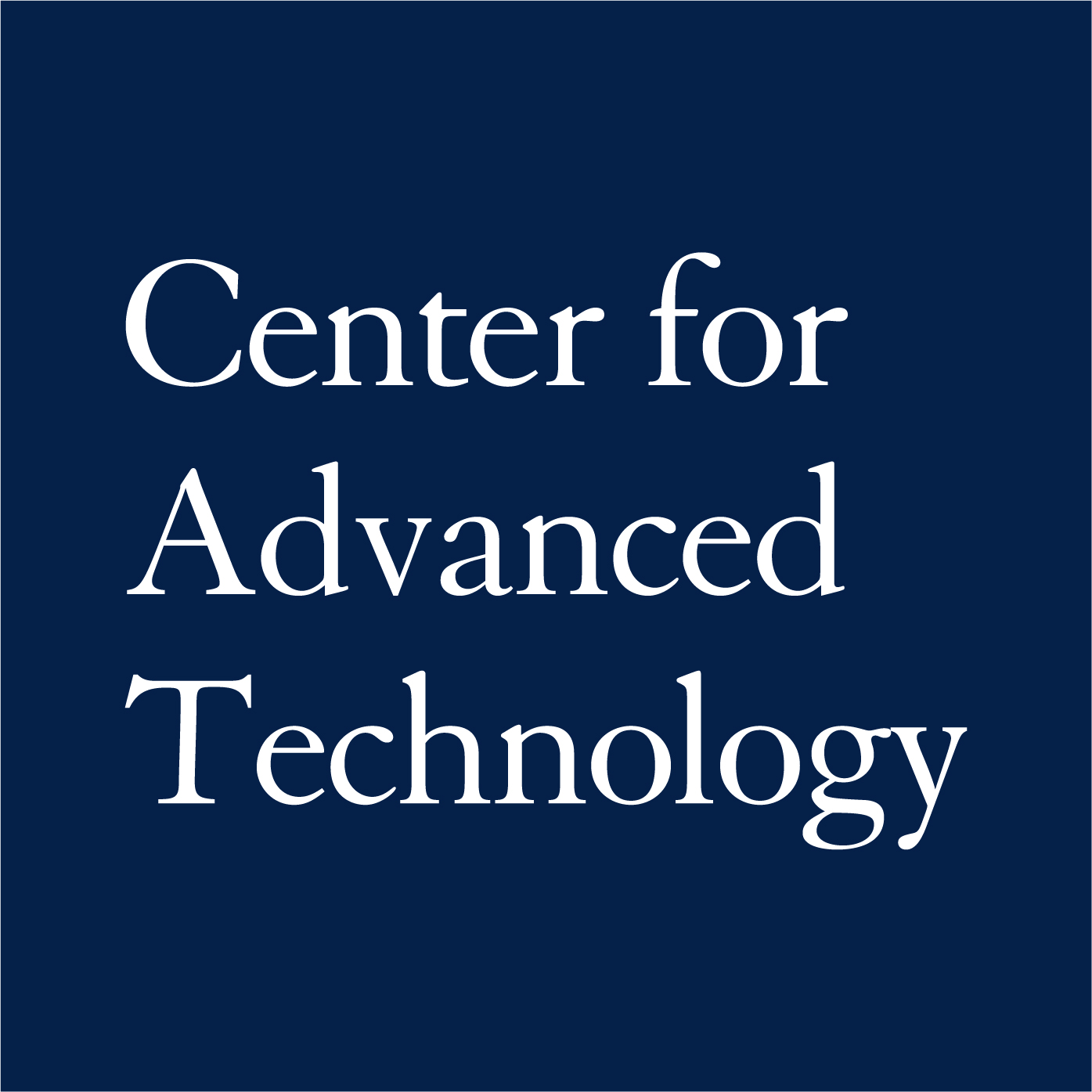The UCSF CAT Core employs both Illumina and PacBio sequencers for the full range of short to long-read applications.
The CAT Core currently has the following sequencers available:
Illumina
- 2 - NovaSeq X Plus (Specification Page)
- 1 - MiSeq Systems (Specification Page) (Self-Service)
- 1 - MiSeq i100 System (Specification Page) (Jan/Feb 2025)
PacBio
- 1 - Revio long read system (Specification Page)
The CAT's Illumina NovaSeqX operation started in March 2023, and the PacBio Revio system in July 2023. A detailed comparison between the two platforms can be found at the bottom of this page.
Illumina Service Offerings within the CAT
NovaSeq X Plus
The NovaSeq X Plus system is a dual flow cell system with flow cell types of 25B (8 lanes), 10B (8 lanes), and 1.5B (2 lanes). Sequencing kits include a 100 cycle, 200 cycle, and 300 cycle kits.
| NovaSeq X Plus Queues | ||||
|---|---|---|---|---|
| Flow Cell/lanes | Reads/lane | Kit cycles | CAT Queues (R1xBC1xBC2xR2)* | UC or Affiliate Rate# |
|
25B (8 lanes) |
3.25B | 100 | 28x10x10x90 | $2,302 |
| 200 | Only full flow cell | $2,750 | ||
| 300 | 151x12x24x151 | $2,850 | ||
|
10B (8 lanes) |
1.25B | 100 | 28x10x10x90 | $1,252 |
| 51x12x24x51 | ||||
| 101x12x24x0 | ||||
| 200 | Only full flow cell | $1,674 | ||
| 300 | 151x12x24x151 | $1,724 | ||
|
1.5B (2 lanes) |
0.75B | 100 | Only full flow cell | $1,824 |
| 200 | Only full flow cell | $2,357 | ||
| 300 | Only full flow cell | $2,582 | ||
# Rates are higher for non-UC academic/non-profit groups (+26%) and for-profit groups (+57.5%). Bioinformatic analysis services can also be added.
* Users need to submit libraries that are to be run on one or more lanes, the CAT Core will not combine libraries from different users into a single lane.
Those who submit samples for an entire flow cell will be kept together and potentially run sooner.
Users that require a Custom configuration, or need custom primers will need to request a whole flow cell. Custom configurations need also be noted on the iLab submission form.
PacBio Service Offerings within the CAT
A full run on the PacBio Revio system is 4 SMRT cells. Users are allowed to request 1 SMRT cell at a time, the core will attempt to load 4 SMRT cells at a time, however depending on the queue SMRT cells can be run in any increment of 1 to 4.
| PacBio Revio System | |||
|---|---|---|---|
| SMRT Cell | Reads/cell | Movie Acquisition Time |
UC(Internal) or Affiliate# |
|
1 SMRT Cell |
6-10M | 12, 24, 30 hours | $1,625 |
# Rates are higher for non-UC academic/non-profit groups (+26%) and for-profit groups (+57.5%). Bioinformatic analysis services can also be added.
Illumina NovaSeq X and PacBio Revio Comparison
Illumina short-read sequencers and PacBio long-read sequencers are two prominent technologies in genomics with distinct characteristics, advantages, and applications. The choice in deciding which to use depends on the application, feel free to contact the CAT core and ask for a consultation. Below is a detailed comparison:
| Illumina | PacBio | |
|---|---|---|
|
Technology |
Illumina uses a technology called "sequencing by synthesis" (SBS). During SBS, fluorescently labeled nucleotides are incorporated into a growing DNA strand, and the emitted fluorescence is detected to determine the sequence. |
PacBio uses single-molecule, Real-Time (SMRT) sequencing. This technology involves observing the synthesis of DNA in real time as a polymerase incorporates fluorescently labeled nucleotides. |
| Read Lengths |
Short reads, typically between 50 to 300 base pairs (bp) per read. |
Long reads, typically between 10,000 to 25,000 base pair CCS reads. |
|
Accuracy |
High accuracy with error rates generally below 1%. Illumina achieves this through redundant sequencing, where each base is read multiple times. |
Initially, individual long reads from PacBio had higher error rates (10-15%). However, advances like circular consensus sequencing (CCS) have significantly improved accuracy, often achieving 99.9% accuracy in HiFi reads. The Revio does not generate non-HiFi reads. |
|
Output |
Generates a high volume of data. An Illumina NovaSeq X sequencer can produce billions of reads per run. Outputs can achieve 25B reads and 8Tb of data per flow cell. |
Produces lower overall read counts compared to Illumina but with much longer reads, providing valuable contextual information for certain applications. Output can achieve 6-10M reads and up to 100Gb of data per SMRT cell. |
| Cost |
Cost-effective on a per-base basis due to the high throughput, making it suitable for large-scale projects like whole-genome sequencing and RNA sequencing. |
More expensive on a per-base basis compared to Illumina, but the cost can be justified for specific applications requiring long reads. |
|
Applications |
Ideal for applications requiring high coverage and precision, such as genome-wide association studies (GWAS), exome sequencing, transcriptome analysis, and detecting small variants (SNPs and indels). |
Suitable for de novo genome assembly, resolving complex genomic regions, detecting structural variants, isoform sequencing (Iso-Seq), and metagenomics. The Revio can also make 5mC methylation calls in CpGs. |
|
Limitations |
Short reads can be problematic for assembling genomes with repetitive regions, structural variants, and complex rearrangements. |
Lower throughput compared to Illumina and higher initial error rates in raw reads, though corrected by consensus sequencing. |
Summary
- Illumina short-read sequencers excel in producing high volumes of highly accurate short reads cost-effectively, making them ideal for projects requiring high coverage and detailed variant detection.
- PacBio long-read sequencers provide much longer reads, which are invaluable for assembling complex genomes, detecting large structural variants, and resolving repetitive regions, albeit at a higher cost, and with CCS reads are also highly accurate.
